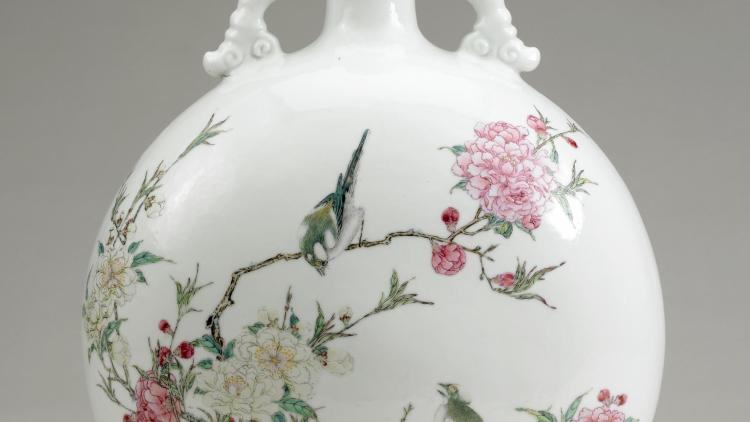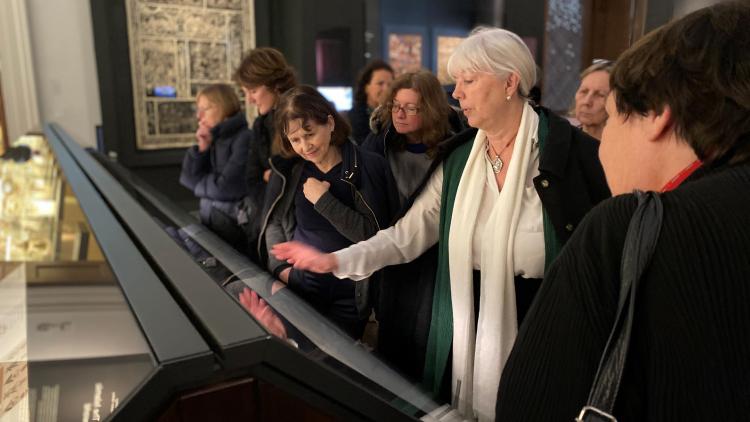Arts of the Islamic World

Key information
- Start date
- End date
- Duration
- Term 3
- FHEQ Level
- 7
- Credits
- 30
- Department
- SOAS-Alphawood Postgraduate Diploma in Asian Art
Module overview
This module explores the origin and development of the arts produced in the central regions of the Muslim world from the 7th century CE to the present day: architecture, the arts of the book, ceramics, metalwork, glass as well as textiles and carpets.
The module follows a broadly chronological structure, ensuring clarity and continuity, and providing a coherent framework for study.
Among the topics covered will be the use of decorative motifs such as calligraphy, the arabesque and geometric ornament and their evolution through different periods and regions.
The module will explore what is particular to Islamic art and how artists in the Muslim world borrowed from other cultures as well as the impact Islamic art had on Europe. The influence of the China trade, the exchange of luxury items along the Silk route, and the contacts with Europe and the Mongols in Central Asia will also be examined.
Module delivery
- In-person lectures given by SOAS academic staff, leading national and international scholars, museum curators, and art market professionals, generally taking place between 10.00 and 13.00 Monday through Thursday
- Exclusive contributions from the British Museum and Victoria and Albert Museum
- Visits and object study sessions at a variety of museums, galleries and auction houses
- A series of asynchronous online lectures exploring critical thinking and current methods
- Recommended weekly readings
- Weekly review sessions
- Weekly one-to-one tutorials with your module convenors
Assessment Methods
- One object analysis of 1,500 words (20%)
- One written assignment of 2,500 words (40%)
- One 48-hour, take-home exam (40%)


